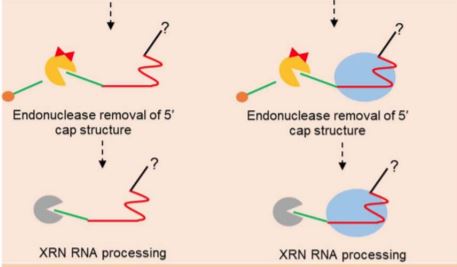
Excising the mystery of single guide RNA processing
Blog, Plant Physiology, Plant Physiology: News and Views, ResearchSophia G. Zebell
Howard Hughes Medical Institute, Cold Spring Harbor Laboratory, Cold Spring Harbor, NY, USA
[email protected]
Over the past 10 years, utilization of CRISPR-Cas9 genome editing in plants has rapidly and significantly altered the scale and scope of both basic research and crop development.…
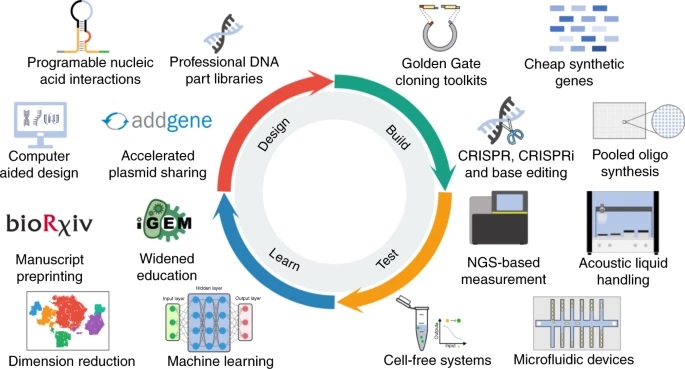
Review: The second decade of synthetic biology: 2010–2020 (Nature Comms.)
Plant Science Research Weekly
I guess if this were a normal year, we’d be spending time looking back over the past decade, but Covid-19 has made anything pre-2019 seem like a different lifetime. Still, here’s a retrospective you don’t want to miss. Meng and Ellis take us on a short walk down memory lane through the “second…
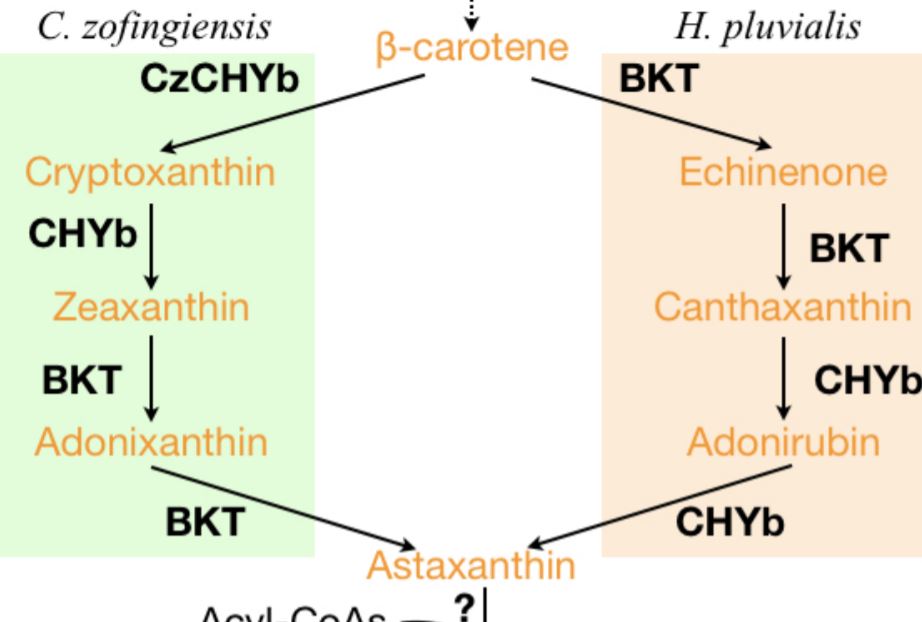
An Alternative Route for Astaxanthin Biosynthesis in Green Algae
Blog, Plant Physiology, Plant Physiology: News and Views, ResearchTianhu Sun
ORCID ID: 0000-0002-2513-1387
Plant Breeding and Genetics Section, School of Integrative Plant Science, Cornell University, Ithaca, New York 14853
[email protected]
Astaxanthin is the reddish carotenoid pigment that gives color to shrimp, salmon, and flamingo. However, these animals…

Back to the Future for Plant Rubisco Bioengineering
Blog, Research, The Plant Cell, The Plant Cell: In a NutshellMartin-Avila et al. use synthetic biology to improve photosynthesis in tobacco by swapping out the endogenous small subunits of Rubisco for one coming from potato, among other things. Plant Cell https://doi.org/10.1105/tpc.20.00288
By Spencer Whitney, Elena Martin-Avila, Sally Buck, Timothy Rhodes,…

Mix, Match, and Maize: A Synthetic System for Maize Nuclear Auxin Response Circuits
Plant Physiology, Plant Physiology: News and Views, ResearchDhineshkumar Thiruppathi 1,2
ORCID ID: 0000-0002-2018-3356
Donald Danforth Plant Science Center,
Saint Louis, Missouri 63132
1Lead author
2Author for contact: [email protected]
The phytohormone auxin plays a major part in nearly every plant process, including growth…
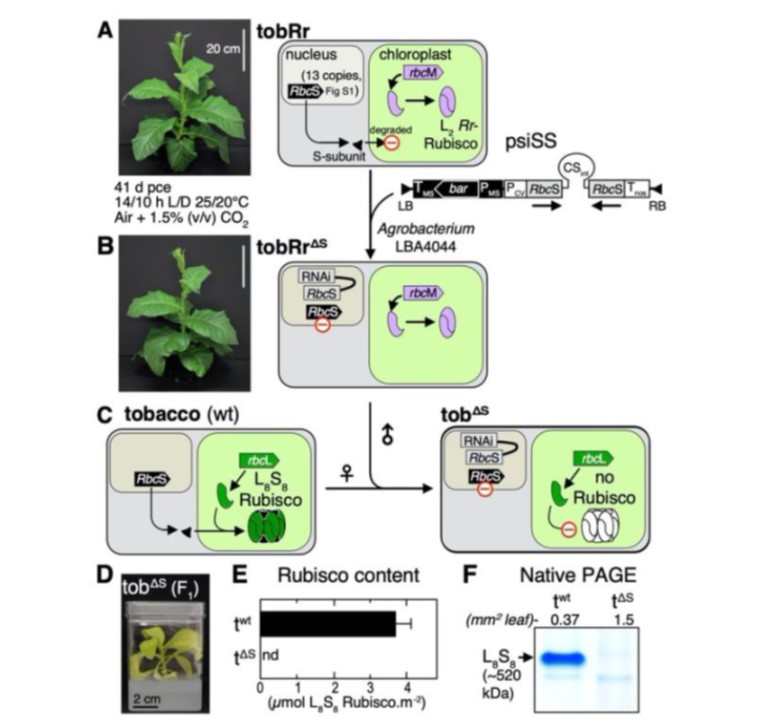
Modifying plant photosynthesis and growth via simultaneous chloroplast transformation of Rubisco large and small subunits (Plant Cell)
Plant Science Research WeeklyIn an interesting evolutionary artifact, the genes encoding the small subunit of Rubisco, rbcS, reside in the nuclear genome, whilst those encoding RbcL persists in the chloroplast. The RbcS protein is translocated into the chloroplast where the holoenzyme forms. This complexity adds to the challenge…
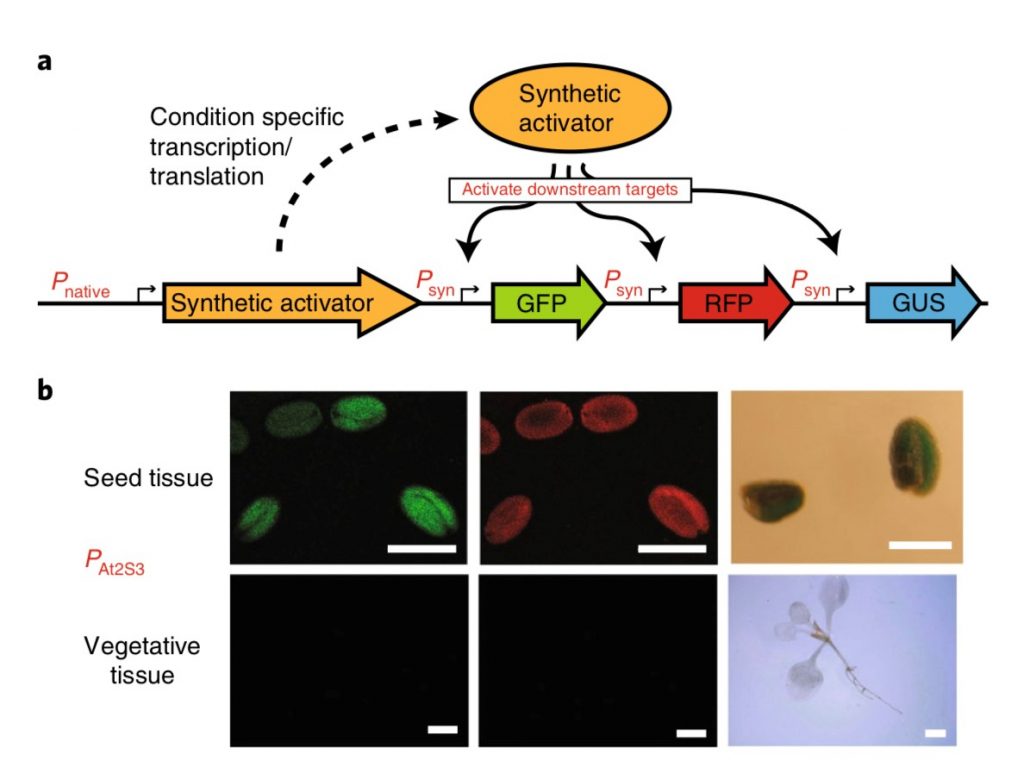
Modulation of gene expression in plants with orthogonal regulatory systems (Nat. Chem. Biol.)
Plant Science Research WeeklySome of the most promising applications in synthetic biology need precise control of gene expression. For instance, metabolic engineering in plants requires the expression of enzyme-coding genes at a precise time, space, and quantity to ensure correct output. Recently, Belcher, Vuu, and colleagues engineered…

Plant synthetic promoters to fine tune expression of engineered genes (bioRxiv)
Plant Science Research WeeklySynthetic genetic circuits allow the reconstruction of metabolic pathways in plant systems for production of many natural products including pharmaceuticals. A challenge in genetic engineering these circuits is precisely and predictably regulating gene expression, especially when genes may be desired…
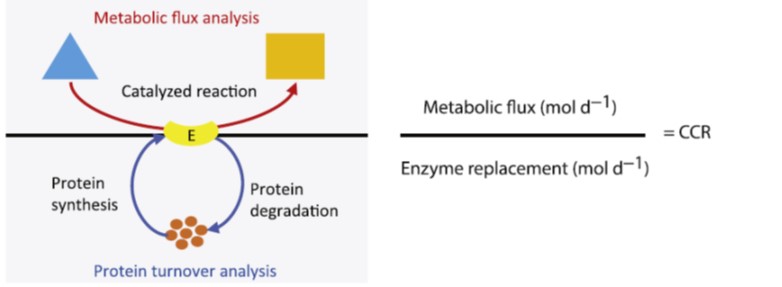
Review: Enzymes as parts in need of replacement – and how to extend their working life (Trends Plant Sci)
Plant Science Research WeeklyThe ability of biological systems to self-repair is a huge motivator in all sorts of synthetic biology projects. Taking this cell-as-factory to the next step comes the question of how often do the parts need replacing? Tivendale et al. address this through a discussion of Catalytic Cycles until Replacement…

